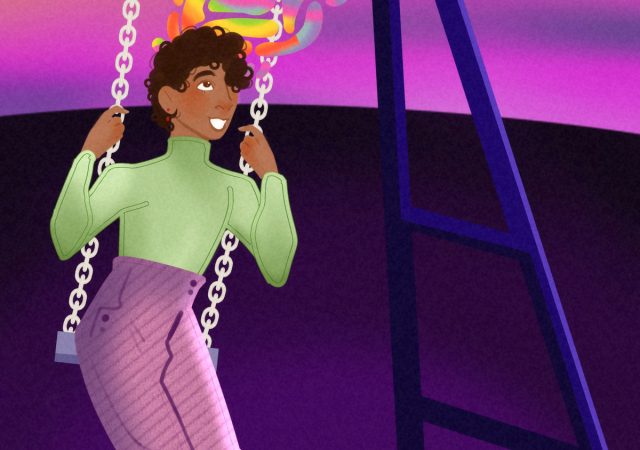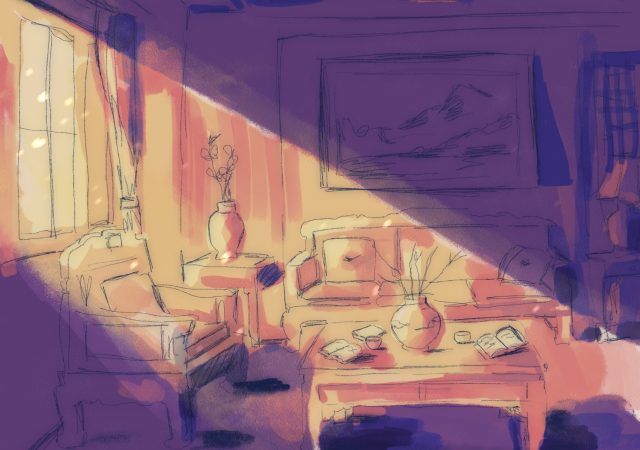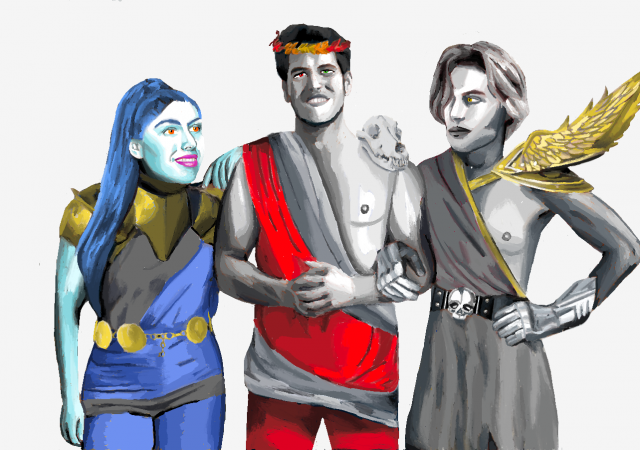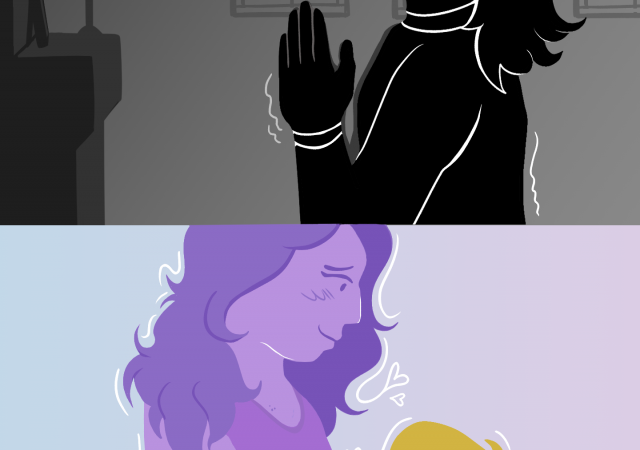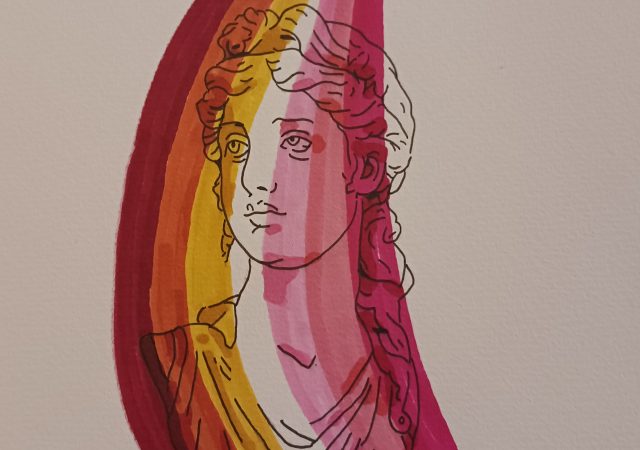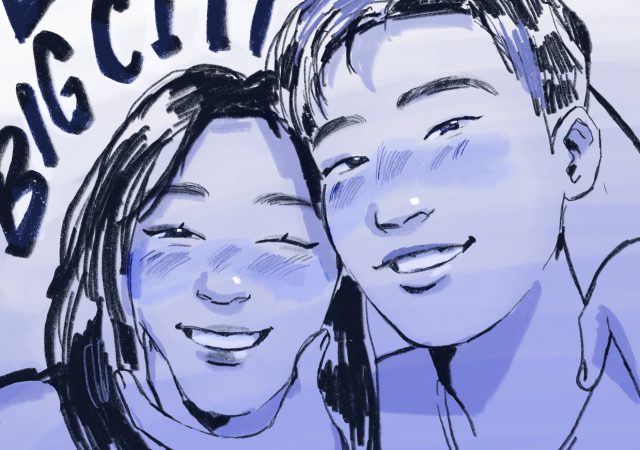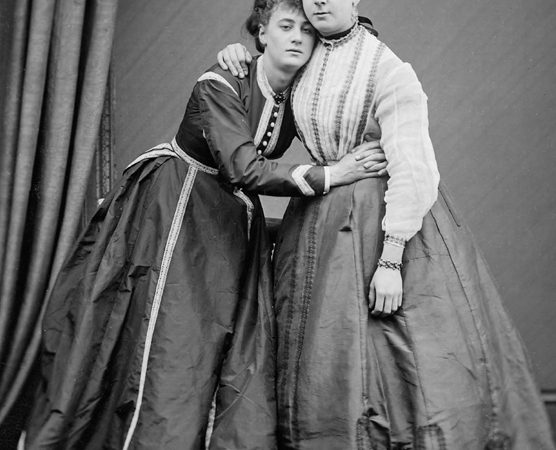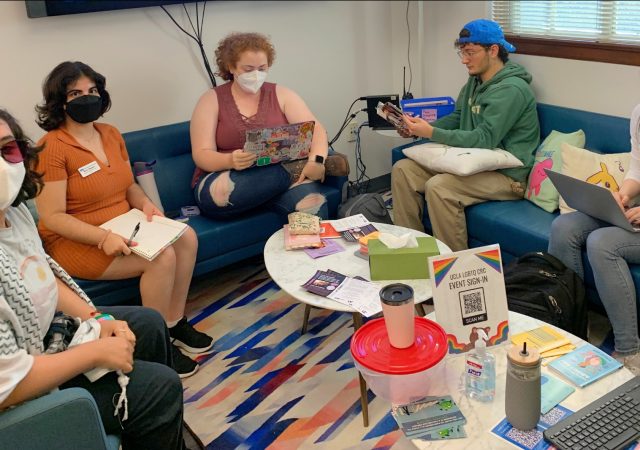The hardest part about being a Brown person who was socialized as a girl was enduring the constant jabs about my hair. I hit puberty at 9, which meant that there were years and years of constant insecurity about my hair. It was too much, too messy, and there was always hair in all the wrong places. The hair on my head was beautiful, thick, and long, but the hair on my body was ugly, thick, and wrong. As a Brown person, my facial and body hair were always under scrutiny, especially because my hair grew at faster rates (and was much thicker) than my other peers. I was tormented for my Frida Kahlo-like brows, for my arms that looked like a werewolf’s, for my body not being up to par with white, cishet beauty standards. One time, my aunt cruelly joked that she was going to gift me money for laser hair removal because the hair on my arms was too much for her.
A Revisit
In July 2021, I decided to revisit my childhood school, Eisenhower Elementary. I decided to go because I had felt so many emotions from the culmination of so many situations, relationships, experiences, and lessons, and I was left with this feeling like I was losing myself. I had recently discovered I was attending UCLA, and much of what was tying me back to the Bay Area was slowly dissipating. The days felt like a blur, like reading the pages in a book and realizing you’ve made it to the end of a chapter and you remember nothing. The sense of liminality and being in a transition plagued me. I was looking for definition from the abstract, something concrete from the abyss.
Whale Cart
Created by Zoë Collins (She/Her) This piece was originally published in our Spring 2022 print issue “Reflections of Radiance.“
Growing Together
My dad was, at best, very uncomfortable with queerness before I came out to him. For him, this discomfort stemmed from two prominent aspects of Latino culture: Christianity and machismo. Today, 77% of Latinos in the United States identify as Christian, and traditionally, Christianity has rejected queer people (with some exceptions of more progressive Christian denominations; however, these branches are not predominant in Latino culture).
Roots
Illustrated by Chrys Marr (She/They) This piece was originally published in our Spring 2022 print issue “Reflections of Radiance.“
Getting to Queer Joy in Media
Throughout the past century, media that portrays and represents queerness and queer relationships have changed for the better. When looking at earlier 20th-century queer works, the tone is rather drab, with an understanding that queerness isn’t allowed to be something that is happy or something that leads to happy ends.


